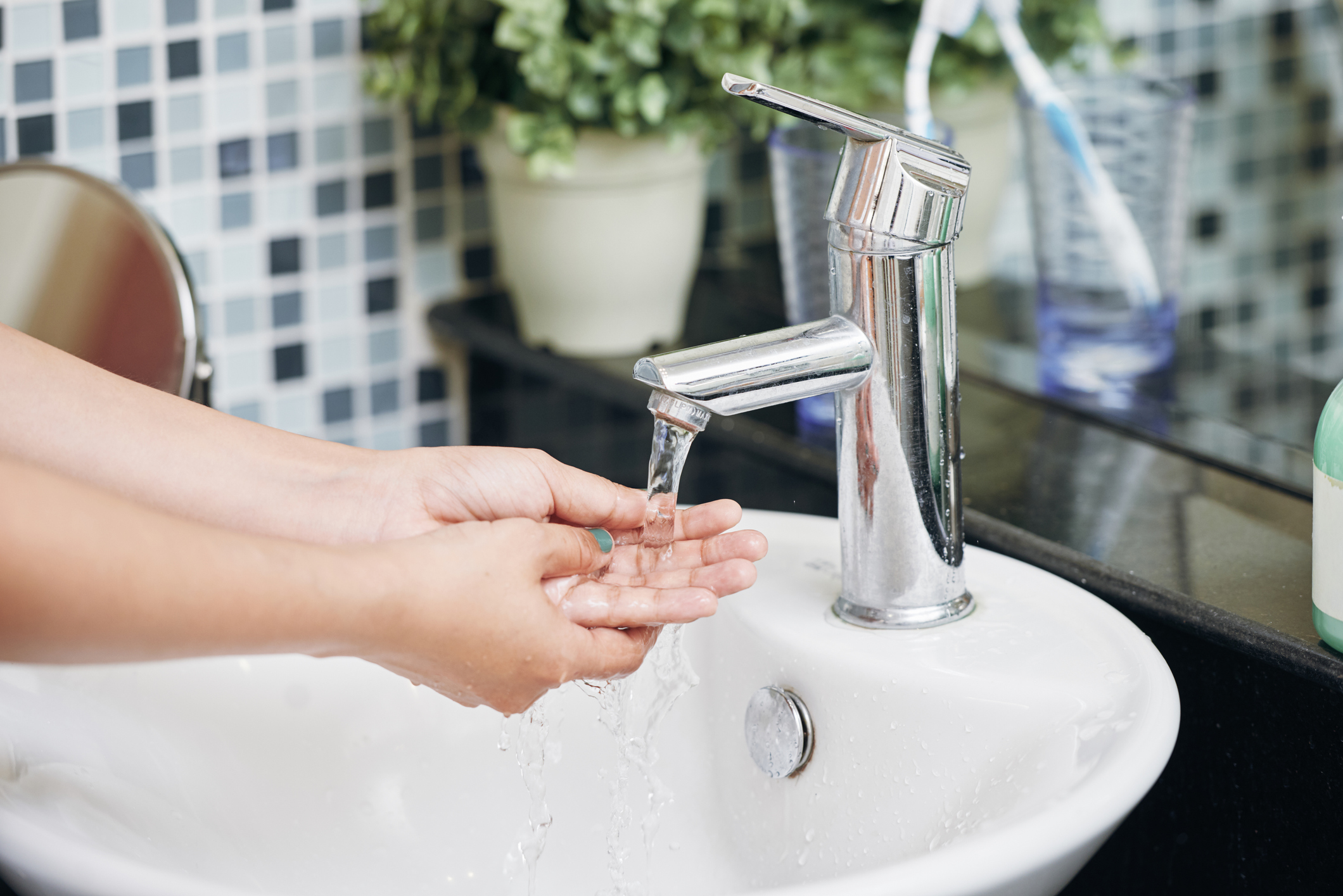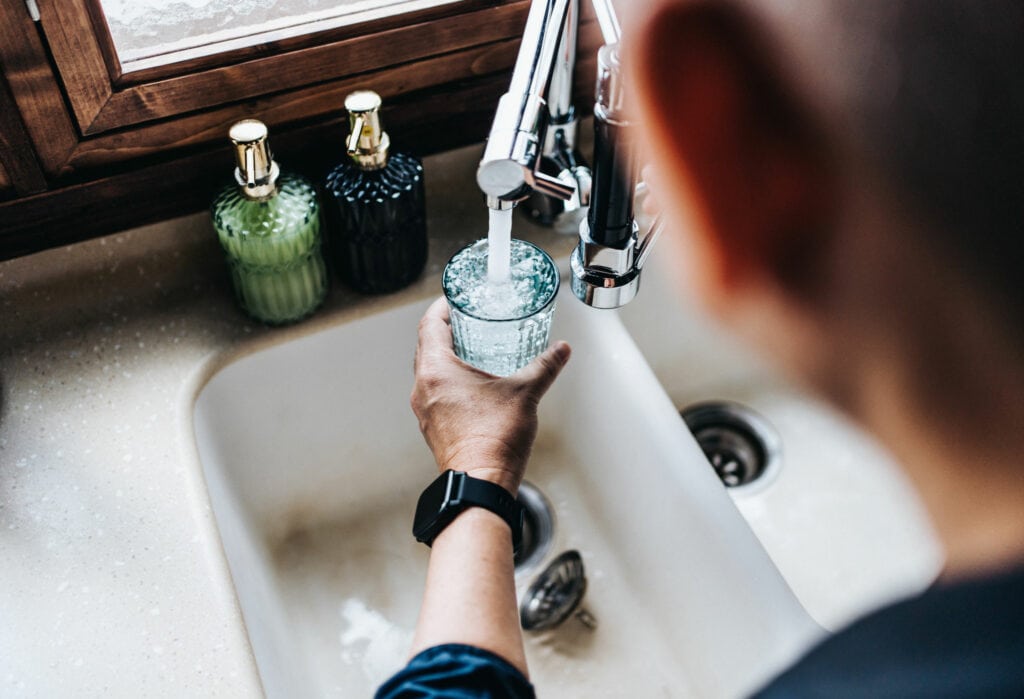5 Benefits of Water Softeners
Do you ever notice that the water coming out of your faucet is hard and has a strange taste?
Chances are, this is due to the high mineral content in your water. Installing a water softener can help to solve these problems by removing excess minerals from your home’s water supply.
Table of Contents
But What Other Benefits Come From Using A Water Softener?
In this article, we’ll explore some of the advantages offered by installing one in your home. You can also click the following link to learn about the water softener pros and cons that property owners should be aware of before investing in a unit.
1. Improved Water Quality
A water softener removes calcium, magnesium, and other hard minerals from your home’s water supply, resulting in softer and cleaner-tasting drinking water.
2. Greater Laundry Efficiency
Hard water can cause laundry problems by making it difficult for laundry detergents to lather properly during the washing process; a water softener helps to improve this situation by removing hard minerals from the water before it enters your washer.
3. Increased Appliance Lifespans
Minerals found in hard water can cause a buildup of residue inside pipes and appliances over time, which reduces their efficiency as they age; using a water softener prevents this buildup from occurring so that your appliances last longer without needing repairs or replacements.
4. Improved Soap Lathering Ability
Hard water makes it increasingly difficult for soap to suds up properly when bathing or doing dishes, but with softened water, these problems are eliminated—meaning you get better results with less effort!
5. Cleaner Dishes
The presence of minerals in hard water makes dishes appear dirty after they have been washed—even if they were cleaned properly—but softened water eliminates this problem entirely so that you get sparkling clean dishes every time!
Installing a high-quality water softener unit in your home can offer you numerous benefits, from improved water quality to increased appliance lifespan.
How Do You Install a Water Softener?
If you have hard water that tastes funny and leaves stains on your clothes and dishes, installing a water softener could be the solution you’ve been looking for. Water softener units remove hard minerals from your water supply, leading to better-tasting drinking water, cleaner clothes, spotless dishes, and improved appliance lifespans.
While it’s possible to install a water softener yourself, keep in mind that the process can be complex and requires some plumbing knowledge. If you are not comfortable with DIY projects, contact a professional plumber or plumbing company to install the water softener for you.
If you want to try installing a water softener yourself, follow these steps:
1. Choose the Right Space for the Softener
Choose a spot near your water line and electrical outlet where you can install the water softener. Make sure to pick an area with enough clearance for the salt tank, as well as the installation and maintenance process.
2. Turn Off Your Water Supply
Locate your home’s main water shutoff and turn off the water supply before installing the water softener. This will prevent water from flowing while you work.
3. Cut into the Main Water Line
Now that the water supply is off, cut into the main water line where you want to install the softener. Make sure to leave enough space between the cut to accommodate the water softener bypass valve assembly.
4. Install the Bypass Valve Assembly
Next, install the bypass valve assembly, which allows you to turn off the water softener or bypass it when it’s not needed, such as during maintenance or repairs.
5. Connect the Water Softener
With the bypass valve assembly in place, connect the inlet and outlet pipes to the water softener. Make sure to wet the included O-rings in order to achieve a tight seal.
6. Install the Drain Line
Attach the drain line from the softener to the drainpipe. This will prevent the buildup of brine that is produced during the softening process.
7. Add Salt to the Softener
Finally, add the appropriate amount of salt to the salt tank in accordance with the manufacturer’s instructions. This will keep the water softener running effectively.
With all the steps completed, slowly turn on the water supply and plug in the water softener. You should also check for any leaks from the connections and repair them as needed.
Installing a water softener can be challenging, but it’s a great way to improve your home’s water quality and prolong the lifespan of your appliances. If you are not comfortable with DIY projects, don’t hesitate to contact a professional plumber or plumbing company for assistance.
5 Benefits of Water Softeners — Conclusion
Water softeners are an efficient way to improve water quality and extend the life of your appliances. The installation process can be quite complex, so it’s best to contact a professional plumber or plumbing company if you’re not comfortable with DIY projects. From better-tasting drinking water to cleaner dishes, there are many benefits associated with installing a water softener in your home.
With that being said, consider investing in one today and reap all the rewards!
Latest Posts
 Tracking down the Ideal Wholesale Clothing Merchant for Your Store
Tracking down the Ideal Wholesale Clothing Merchant for Your Store Unleashing Creativity: Sublimation Equipment for Vibrant Colours and Designs
Unleashing Creativity: Sublimation Equipment for Vibrant Colours and DesignsCat Couture Chronicles: A Fashionista’s Guide to Hoodies and Sweaters
 How to Choose the Perfect Easter Shirts in Christian Apparel
How to Choose the Perfect Easter Shirts in Christian Apparel Elevate Your Wardrobe: Stylewe’s Exquisite Fashion Delights
Elevate Your Wardrobe: Stylewe’s Exquisite Fashion Delights Prom Dresses: Unveiling Elegance and Style | Amarra
Prom Dresses: Unveiling Elegance and Style | Amarra A Guide to Discovering Your Perfect Comfortable Underwear
A Guide to Discovering Your Perfect Comfortable Underwear Beyond Basic: Elevate Your Beach Look with Stunning Black One Pieces
Beyond Basic: Elevate Your Beach Look with Stunning Black One Pieces Essential Tips for Choosing the Perfect Women’s Leather Motorcycle Jacket
Essential Tips for Choosing the Perfect Women’s Leather Motorcycle Jacket How to Find the Best Canadian Women’s Clothing
How to Find the Best Canadian Women’s Clothing

